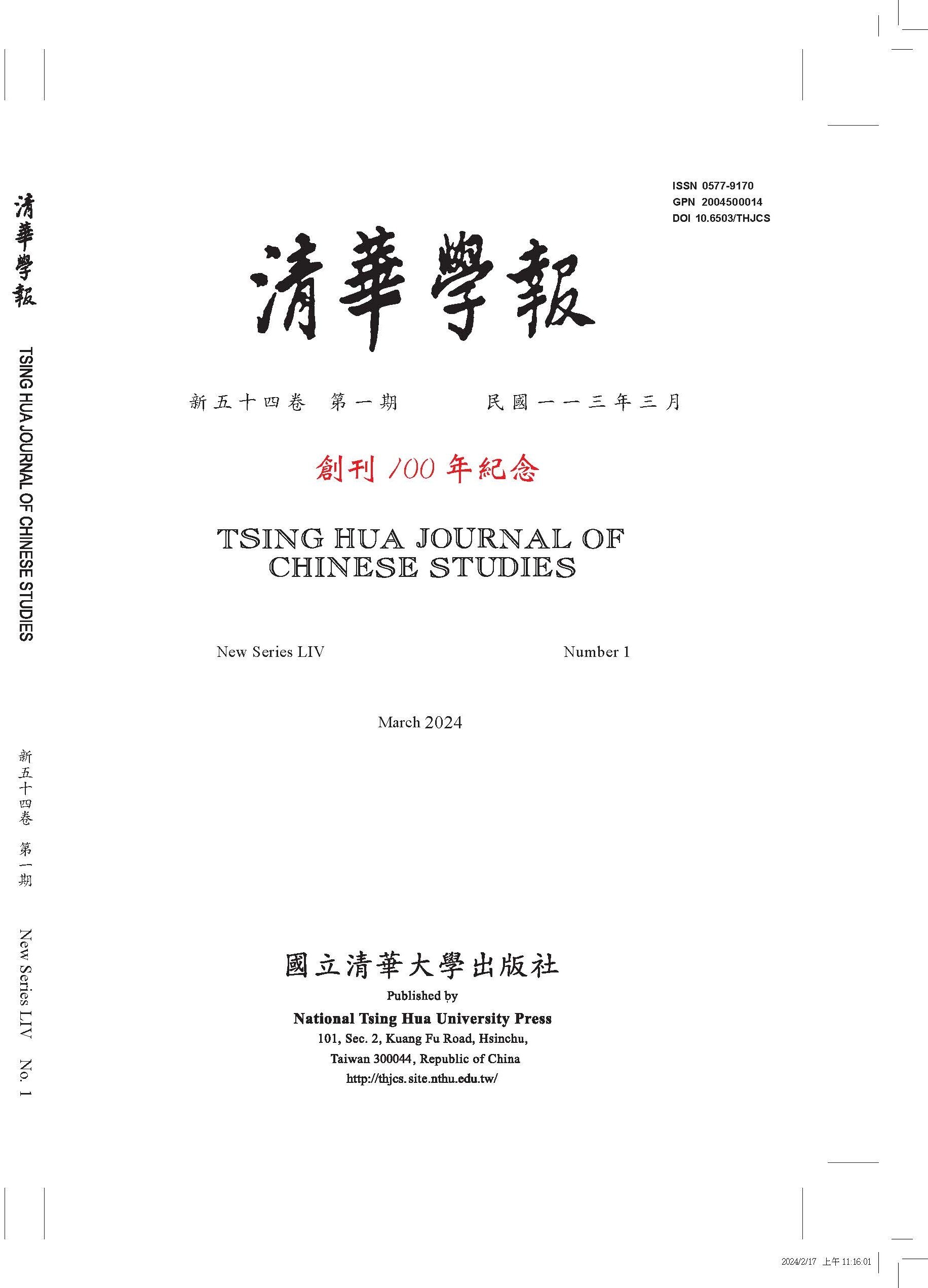The Characteristics of the Blending of Confucianism and Legalism in Chia I’s Thought
Vol. 20 No. 2 12/1990
|
Title |
The Characteristics of the Blending of Confucianism and Legalism in Chia I’s Thought |
|
Author |
Lin Tsung-shun |
|
Genre |
Article |
|
Pages |
|
|
Download |
|
|
Language |
|
|
Key words |
|
|
Abstract |
Chia I’s thoughts has manifested a double vision of motif, in which he propagates the benevolence of the kingly way (明王道) and the legalist practice of Shen Pu-hai and Shang Yang (明申商) concurrently. He regards himself more as a confucianist, however, honoring Confucianism but depreciating – though not altogether rejecting – legalism. He has, in short, mixed both throughout his sociopolitical ideas. Owing to his divided notion of the offensive and defensive tactics, he has strongly criticized the previous Ch’in regime and so the legalist school. Yet, he maintains if Confucianism remains ever in the political mainstream, a certain legalist conception will help “defend the whole land under heaven” and thereby consolidate the Han regime. The first pattern of his blend of Confucianism and Legalism shows his effort to clarify the order of decorums (li) and law (fa), with li being the orthodoxy, fa the auxiliary. It is noteworthy, however, in the next pattern that legalist ideas have infiltrated his notion of decorums. His proposal, furthermore, for solving the tension between the Han royal court and the feudal lords shows the characteristics of such a blending as well. Thinking himself a Confucianist, renowned meanwhile for his castigation of the Ch’in dynasty, Chia I has somehow compelled himself to acknowledge the practical advantage of the legalist ideas in consolidating the Han imperial power. Such a blending of Confucianist and legalist belief is perculiar and has been given full account in this paper. |

